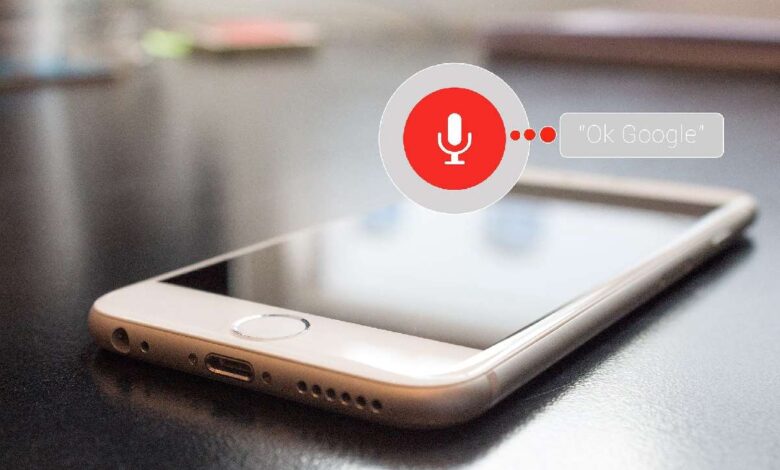The Technology Behind Your Phone’s Voice

We live in times where we greet our phones in the morning with a cheerful “Hey Siri!”, or ask the Google Assistant to tell us jokes. Even though voice recognition technology allows us to have a decent conversation with a digital assistant, it seems nothing too sophisticated now, as it has been with us for years. However, our phones are getting smarter and smarter.
Contemporary voice assistants can be translators, ask you follow-up questions, and understand foreign accents. Moreover, they started to be an integral part of our lives as talking to them is easy, safe, and provides a good UX due to their high accuracy rates. Still, even though talking to our devices is commonplace in this futuristic world, the technology that stands behind it is far from cut-and-dried.
Natural Language Processing
The mystery lying behind the speech recognition technology is converting spoken language into text and the other way round. You can have a text to speech robot that can understand the written words and provide you with the answer to your query or alter audio and video into a text file. Of course, artificial intelligence has a lot to say when it comes to transferring communication into data, but how is it possible?
Natural language processing is a form of AI that processes human language. It’s complex enough to be adherent to complicated linguistic processes and separate the meanings in terms of polysemy. To put it in simpler words, it’s possible that when a virtual assistant hears the word “bank” and our query is “where is the nearest bank?” it knows that you are searching for a financial institution and not a bank of the river. Then, when a smartphone recognizes what you want to say, it translates it into data in a format that can be read by the device.
Deep Learning
Linguistics is complicated, and there are plenty of languages that people use worldwide, so the voice assistant must be able to learn all of the nuances of the language spoken by its user. The inflection and pronunciation vary, not to mention the cultural contexts. The algorithms using deep learning are built to enable them to adjust their understanding of the natural language to the user.
Machine Learning
The longer you know your Google Assistant or Alexa, the better communication flow between you. A voice assistant can learn the way you speak, and it’s getting familiar with the rules of inflection, with the accent you use, and the way you intonate particular words.
Each of us has a slightly different manner of pronouncing words; even if you don’t suffer from any speech defect, you might speak a little slower than other people. Voice recognition in your phone works much like humans when we’re learning a foreign language – it needs time to learn how to understand and use the language by listening to what and how its user speaks. Thanks to that, once we’re on good terms with our phone, when we want Siri to call Jonas, it doesn’t play a song by the Jonas Brothers.
Smartphones Intelligence
Aside from the speech recognition and communication flow that you can have with your phone, it’s more intelligent than you think. Your acquaintanceship influences a lot the accuracy rate. Firstly, Google bases on your previous searches and determines which query should satisfy you most. It collects the data and analyzes what you meant by asking it to show you “best chocolate bars” and provide you with a sweet snack, not places where you can enjoy a mug of hot chocolate.
Moreover, it understands the context that is most related to you. When you ask your Google Assistant or Siri to show you how to get to work, it knows exactly where your workplace is and how long it usually takes you to get there. It’s also smart enough to understand the pronouns and know who you are. When you ask it “how long would it take to ride a bike to my work” it understands that “my” relates to the person that talks to it.
Conclusions
Millions of people nowadays talk to their mobile phones and use voice recognition. Google Assistant, Siri, or Alexa in Amazon Echo provide the users with a personalized and convenient experience.
This kind of tech demands a lot of research and uses complex algorithms. That’s why the researchers work continuously on those systems, train them, and teach them how to be the most human-like. It requires a vast amount of research and workforce to make it possible for our devices to listen and understand linguistics, and be able to transfer it to digital language understandable for them.
That’s why, knowing how complicated technology is, be more lenient towards Siri the next time she turns on Instagram instead of playing your favorite music band.